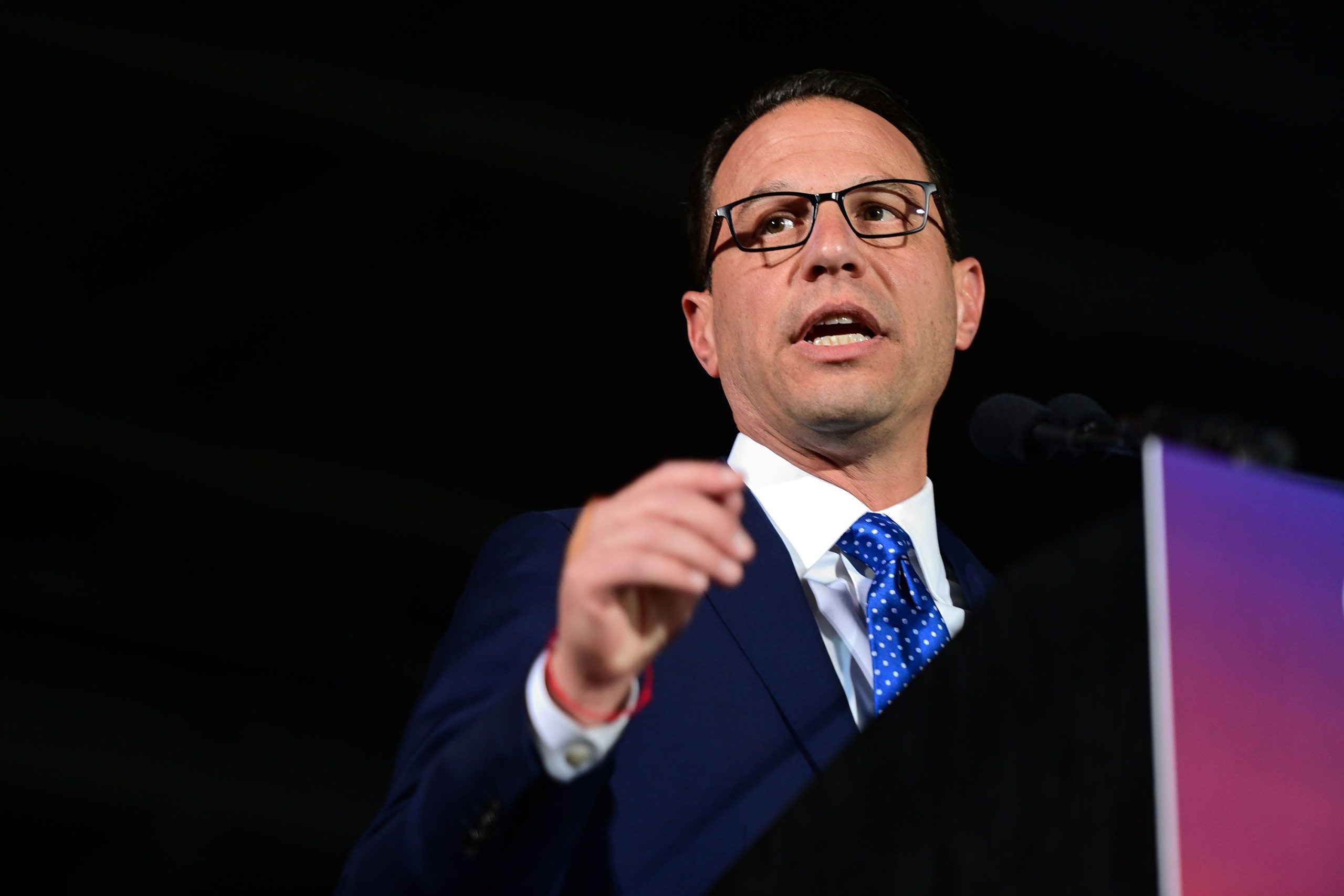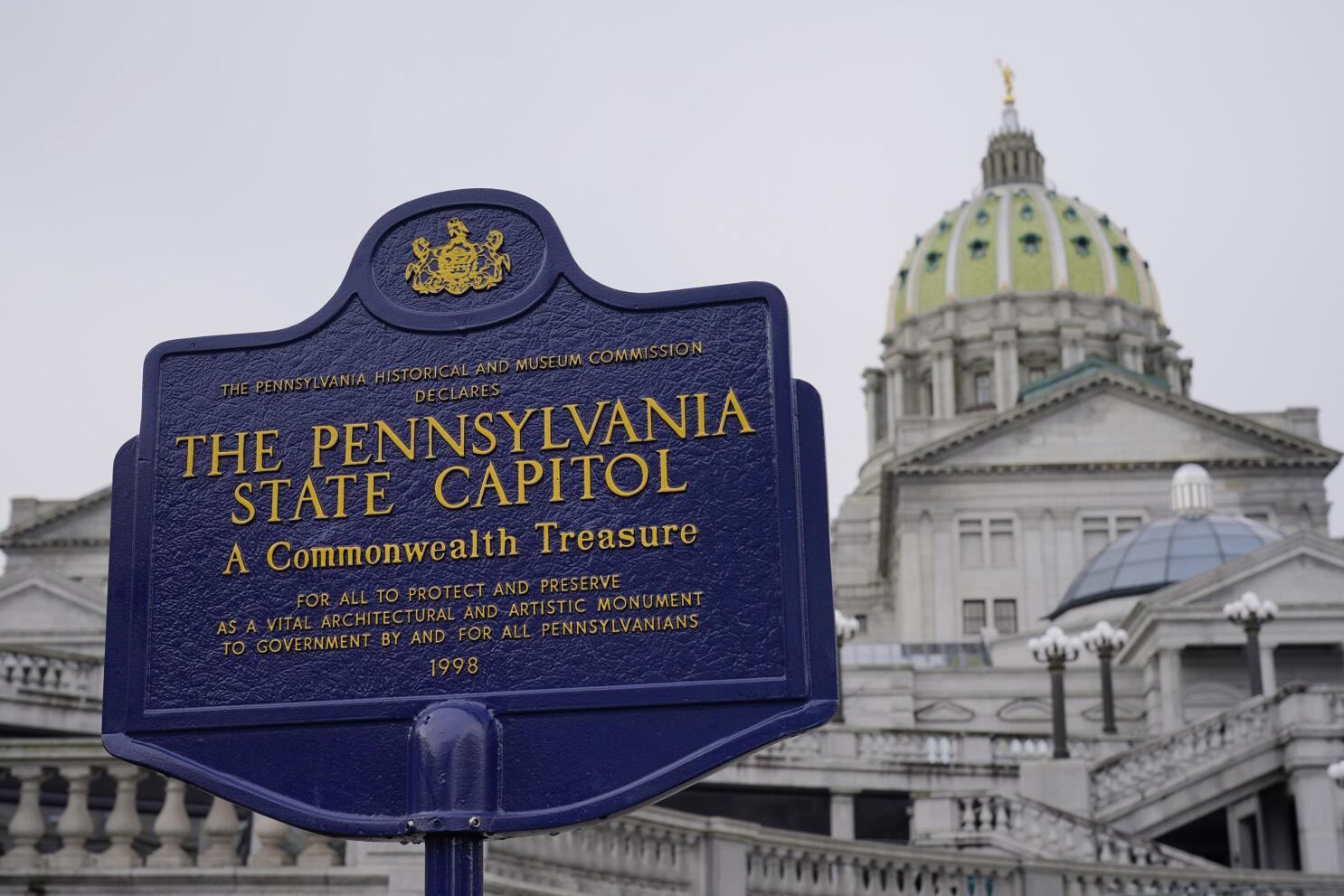Pennsylvania Lawmakers are frustrated over the lack of transparency of state-related universities’ spending of appropriation granted by the state.
Pennsylvania’s Legislature provides significant funding to four state-related universities, namely Lincoln University, Penn State University, Temple University, and the University of Pittsburgh. However, Pennsylvania lawmakers are in frustration for the limited transparency regarding how the taxpayers money is actually spent.
Annually, Pennsylvania’s Legislature sends huge sums of taxpayers’ money to the four state-related universities. Though state law dictates how the appropriation should be used, Pennsylvania lawmakers, officials and the general public have little information about how the money is actually expended.
One of Pennsylvania lawmakers, Gov. Josh Shapiro’s proposed budget for 2024 would allocate almost $640 million collectively for these universities, representing a 7.1% increase from the previous year.

Governor Josh Shapiro | Photo: CNN
Via open records request, filed reports reveals that Pennsylvania’s state-related universities report their spending of state appropriations as a lump sum. This means they do not keep tabs of the exact expenditures, which irks Pennsylvania lawmakers.
Pennsylvania’s Office of the Budget provides monthly updates on university spending, but these reports do not specify how the appropriations were used as the said universities files the reports detailing budget information as a lump sum. Pennsylvania lawmakers expressed frustration over the lack of transparency, especially considering that the universities received almost $600 million from the state in the latest budget cycle.
Pennsylvania lawmakers are insisting for appropriation transparency as the said budget used for this appropriation comes from taxpayers’ pockets.
Penn State, Lincoln, Pitt, and Temple, have been called upon by Pennsylvania lawmakers to provide information about how they spend taxpayer money. Pennsylvania lawmakers have been requesting their support in legislation making them subject to the ‘Right to Know Law’ for the past two years, but they have not committed their support.
These universities answered the Spotlight PA’s inquiries about their appropriation spending. Penn State said it does not track spending in this way but stated that the money is used to offset the cost of instruction and provide discounted tuition to Pennsylvania residents. Lincoln sought $19 million in its 2024 appropriation request, planning to spend $11 million on tuition discounts and scholarships and $2 million on hiring new faculty. Pitt stated that every cent of its state appropriation goes towards reducing tuition for Pennsylvania students. Temple uses the annual appropriation to determine the in-state tuition rate and to cover necessary expenses for educating students.
Pennsylvania lawmakers are still reaching out these universities for a full spending transparency.
























